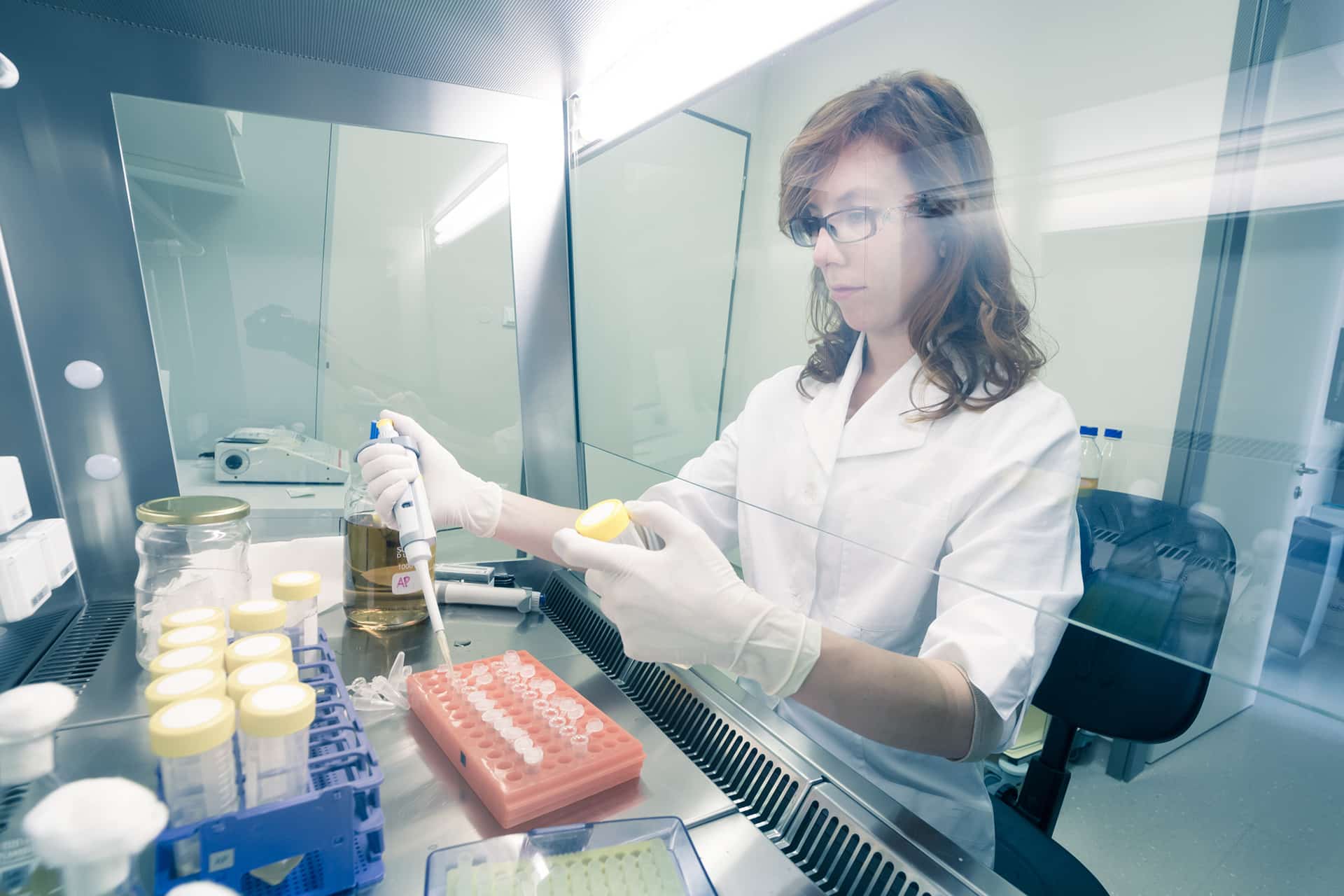Case Study
Improve Bioprocessing Efficiency
By leveraging metabolomics and lipidomics analyses, this research team deepened their understanding of the Chinese hamster ovary (CHO) biotherapeutic production platform.
This work uncovers meaningful bioprocess markers and targets for genetic engineering, all potentially leading to improved bioprocess productivity. By leveraging metabolomics and lipidomics analyses, this research team deepened their understanding of the CHO biotherapeutic production platform. Metabolomics and lipidomics analyses can thus help pave the way for improved efficiency of bioprocessing and aid the manufacturing of new effective therapies to alleviate patient disease.
This work uncovers meaningful bioprocess markers and targets for genetic engineering, all potentially leading to improved bioprocess productivity. By leveraging metabolomics and lipidomics analyses, this research team deepened their understanding of the CHO biotherapeutic production platform. Metabolomics and lipidomics analyses can thus help pave the way for improved efficiency of bioprocessing and aid the manufacturing of new effective therapies to alleviate patient disease.

The Challenge: Improve Monoclonal Antibody (mAb) Bioprocessing
Monoclonal antibodies (mAb) are a class of biotherapeutics that have demonstrated remarkable effectiveness in treating many diseases. Because mAb therapies usually require large doses over a long period, a large amount of mAb must be manufactured to meet the demand. To meet the strong demand, it is essential to develop a high-yield cell culture process.
Chinese hamster ovary (CHO) cells have become the leading primary host cell line for manufacturing mAbs due to their resilience to growth conditions and high protein synthesis capacity. In a previous study, this research team performed multi-omics analysis over the time course of a CHO bioprocess.1 They found that when the cysteine (Cys) feed concentration was reduced by 15%, compared to a Cys control concentration, there was a dramatic reduction in CHO cell viability and mAb titer. However, the molecular mechanism behind this shift had not been explored.
Metabolon Insight: Dissect the Role of Cysteine for mAb Bioprocessing
In the present study, Metabolon helped identify metabolomic and lipidomic changes related to cysteine levels.2 The Metabolon Global Discovery Panel and the Complex Lipids Targeted Panel were used to analyze CHO cells and spent medium.
The Solution: Metabolomics and Lipidomics Identify Novel Biomarkers
Bioprocesses like the cell-based production of mAbs require optimal culture conditions to achieve the highest product quantity and quality. In the current study, the research group investigated the impact of the low Cys feed concentration during a bioprocess. They found that a 15% reduction in the Cys feed concentration (relative to control) reduced specific productivity and product quality. The intracellular depletion of Cys also led to enhanced endoplasmic reticulum (ER) stress, activated the amino acid response, and decreased TCA cycle activity. These processes are known to be detrimental as they significantly impact cell growth, viability, and specific productivity of a biotherapeutic.
Metabolomics analysis revealed that insufficient Cys feeding led to increased gluconeogenesis to compensate for decreased TCA cycle activity. Metabolites related to gluconeogenesis, such as phosphoenolpyruvate (PEP), fructose, and ribose, were elevated in the low Cys condition. Furthermore, fatty acid β-oxidation (FAO), which occurs in the mitochondria, can generate cellular energy when the TCA cycle is limited. Through lipidomics analysis, the research team found that fatty acids were neither activated nor transported to the mitochondria in the low Cys condition, as shown by the decreased abundance of acetylcarnitine and CPT1. As a further consequence, cells fed insufficient levels of Cys exhibited autophagy, in which large amounts of lipid degradation products are released. This degradation is evidenced by the large increase in released glycerophosphocholine (GPC) and glycerophosphoethanolamine (GPE). This study also provided potential biomarkers to follow the bioprocess during the production of the mAb. To do this, global metabolomics was performed on spent medium. Metabolomics revealed higher extracellular alanine, fructose, GPE, and GPC, mirroring the intracellular trends.
The Outcome: Discover Biomarkers to Improve mAb Bioprocessing
The results of this paper led to a better understanding of the cell biology involved in producing of an mAb. Using multi-omics, the authors mapped out key events resulting from the limitation in Cys within the cell leading to enhanced ER stress, decreased TCA cycle activity, and autophagy. This work uncovers meaningful bioprocess markers and targets for genetic engineering, all potentially leading to improved bioprocess productivity. By leveraging metabolomics and lipidomics analyses, this research team deepened their understanding of the CHO biotherapeutic production platform. Metabolon’s metabolomics and lipidomics analyses can thus help pave the way for improved efficiency of bioprocessing and aid the manufacturing of new effective therapies to alleviate patient disease.
References
1. Ali AS, Raju R, Kshirsagar R, et al. Multi-Omics Study on the Impact of Cysteine Feed Level on Cell Viability and mAb Production in a CHO Bioprocess. Biotechnol J. Apr 2019;14(4):e1800352. doi:10.1002/biot.201800352
2. Ali AS, Chen R, Raju R, et al. Multi-Omics Reveals Impact of Cysteine Feed Concentration and Resulting Redox Imbalance on Cellular Energy Metabolism and Specific Productivity in CHO Cell Bioprocessing. Biotechnol J. Aug 2020;15(8):e1900565. doi:10.1002/biot.201900565




